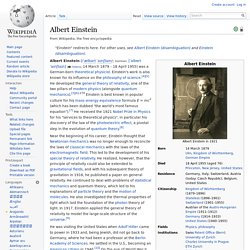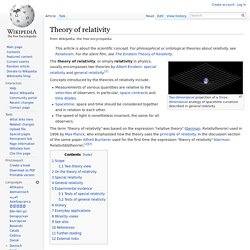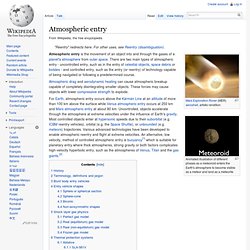

Albert Einstein Institution. Albert Einstein. Albert Einstein (/ˈælbərt ˈaɪnʃtaɪn/; German: [ˈalbɐrt ˈaɪnʃtaɪn]; 14 March 1879 – 18 April 1955) was a German-born theoretical physicist.

Einstein's work is also known for its influence on the philosophy of science.[4][5] He developed the general theory of relativity, one of the two pillars of modern physics (alongside quantum mechanics).[3][6]:274 Einstein is best known in popular culture for his mass–energy equivalence formula E = mc2 (which has been dubbed "the world's most famous equation").[7] He received the 1921 Nobel Prize in Physics for his "services to theoretical physics", in particular his discovery of the law of the photoelectric effect, a pivotal step in the evolution of quantum theory.[8] Near the beginning of his career, Einstein thought that Newtonian mechanics was no longer enough to reconcile the laws of classical mechanics with the laws of the electromagnetic field. This led to the development of his special theory of relativity.
Life Early life and education Death. Theory of relativity. The theory of relativity, or simply relativity in physics, usually encompasses two theories by Albert Einstein: special relativity and general relativity.[1] Concepts introduced by the theories of relativity include: Measurements of various quantities are relative to the velocities of observers.

In particular, space contracts and time dilates.Spacetime: space and time should be considered together and in relation to each other.The speed of light is nonetheless invariant, the same for all observers. The term "theory of relativity" was based on the expression "relative theory" (German: Relativtheorie) used in 1906 by Max Planck, who emphasized how the theory uses the principle of relativity.
In the discussion section of the same paper Alfred Bucherer used for the first time the expression "theory of relativity" (German: Relativitätstheorie).[2][3] Scope[edit] The theory of relativity transformed theoretical physics and astronomy during the 20th century. Two-theory view[edit] History[edit] Atmospheric entry. Atmospheric entry is the movement of an object into and through the gases of a planet's atmosphere from outer space.

There are two main types of atmospheric entry - uncontrolled entry, such as in the entry of celestial objects, space debris or bolides - and controlled entry, such as the entry (or reentry) of technology capable of being navigated or following a predetermined course. Animated illustration of different phases as a meteoroid enters the Earth's atmosphere to become visible as a meteor and land as a meteorite Atmospheric drag and aerodynamic heating can cause atmospheric breakup capable of completely disintegrating smaller objects.
These forces may cause objects with lower compressive strength to explode. History[edit] Apollo Command Module flying at a high angle of attack for lifting entry, artistic rendition. Practical development of reentry systems began as the range and reentry velocity of ballistic missiles increased. Terminology, definitions and jargon[edit] Biconic[edit] Quark. A quark (/ˈkwɔrk/ or /ˈkwɑrk/) is an elementary particle and a fundamental constituent of matter.

Quarks combine to form composite particles called hadrons, the most stable of which are protons and neutrons, the components of atomic nuclei.[1] Due to a phenomenon known as color confinement, quarks are never directly observed or found in isolation; they can be found only within hadrons, such as baryons (of which protons and neutrons are examples), and mesons.[2][3] For this reason, much of what is known about quarks has been drawn from observations of the hadrons themselves.
The quark model was independently proposed by physicists Murray Gell-Mann and George Zweig in 1964.[5] Quarks were introduced as parts of an ordering scheme for hadrons, and there was little evidence for their physical existence until deep inelastic scattering experiments at the Stanford Linear Accelerator Center in 1968.[6][7] Accelerator experiments have provided evidence for all six flavors.
Classification[edit]
Oceanography. Geology. Astronomy. Physics. Meteorology. Astronomy. Chemistry. Antigravity / Supergravity. Advanced Propulsion. Time Travel.